Full text
PDF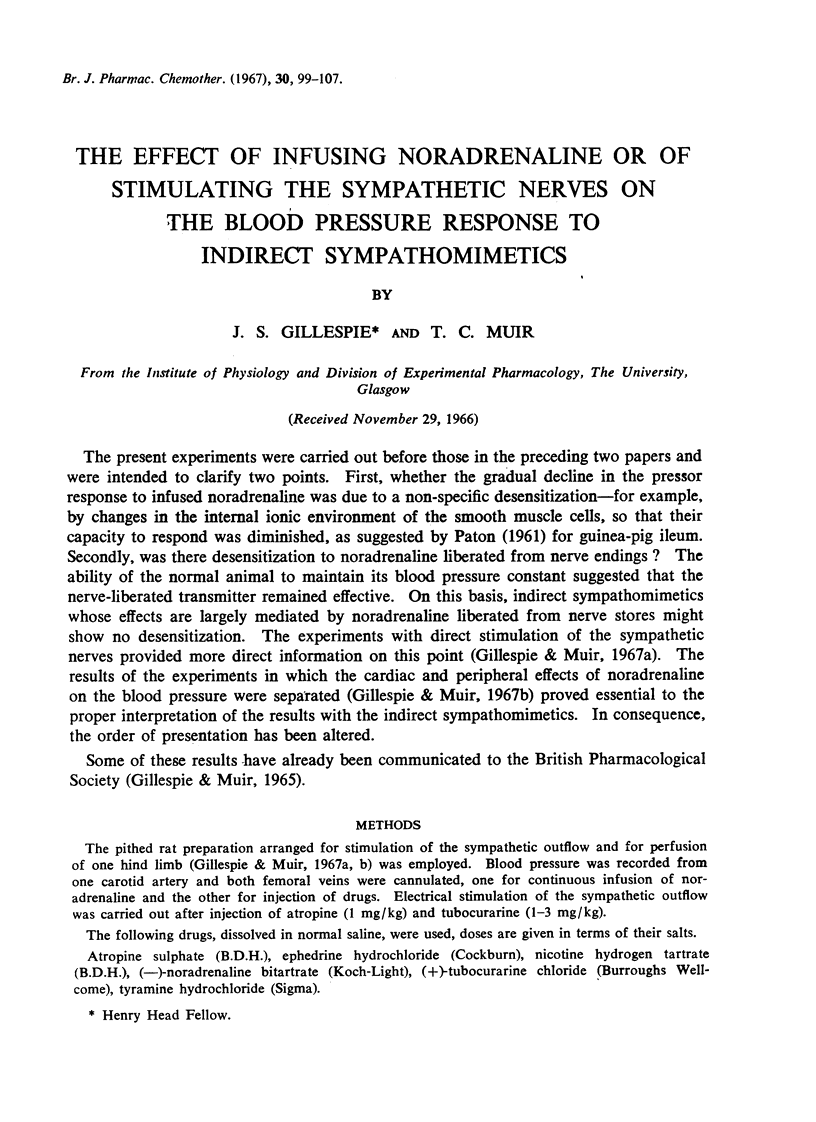
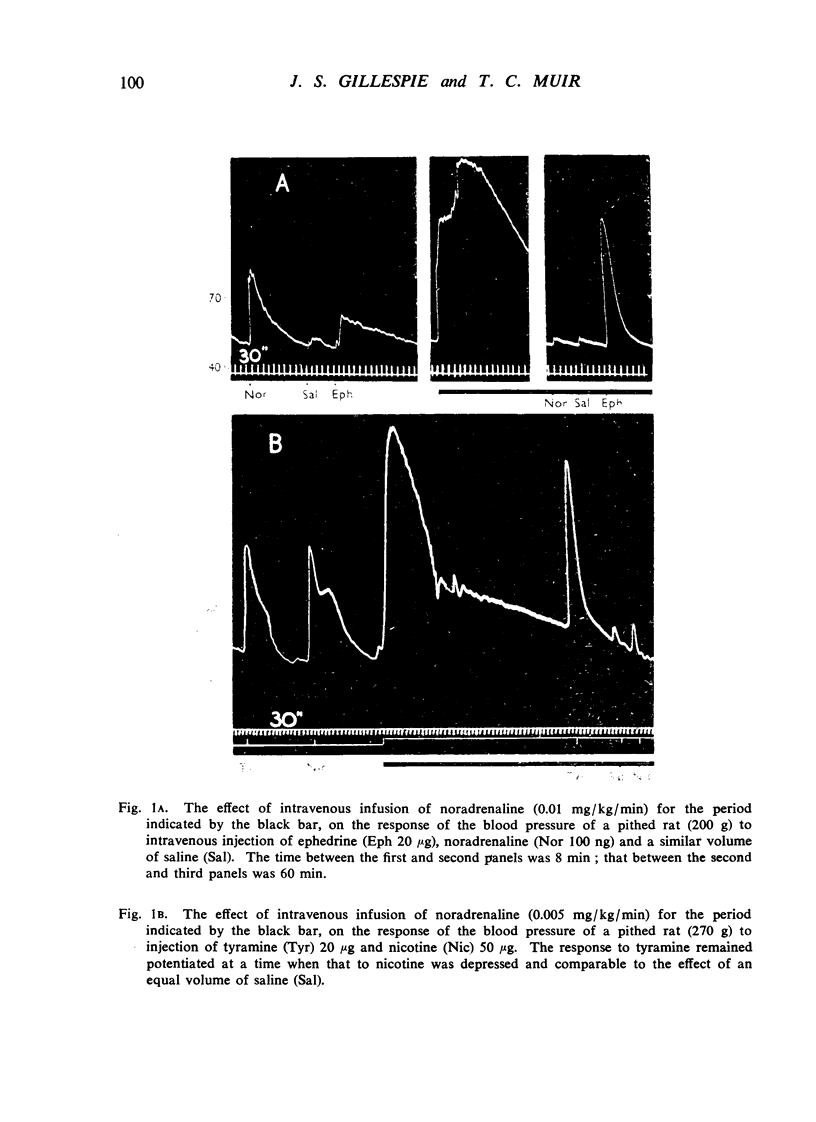
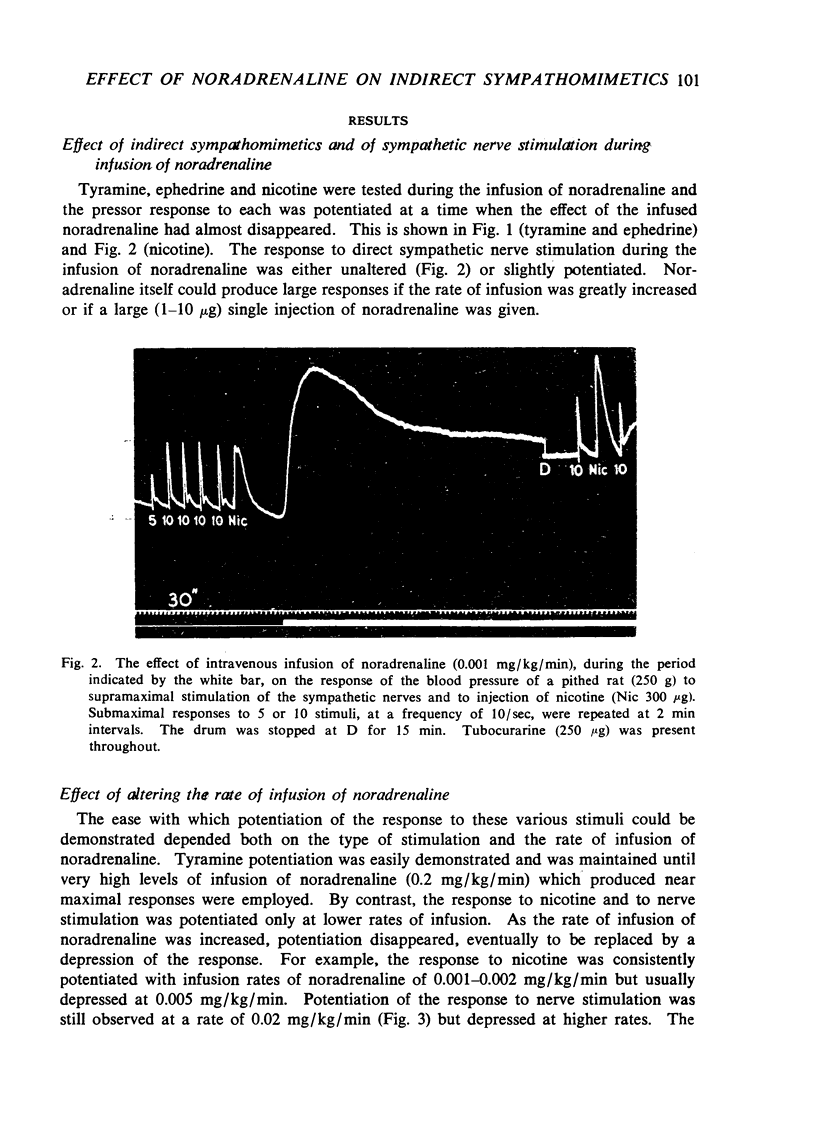
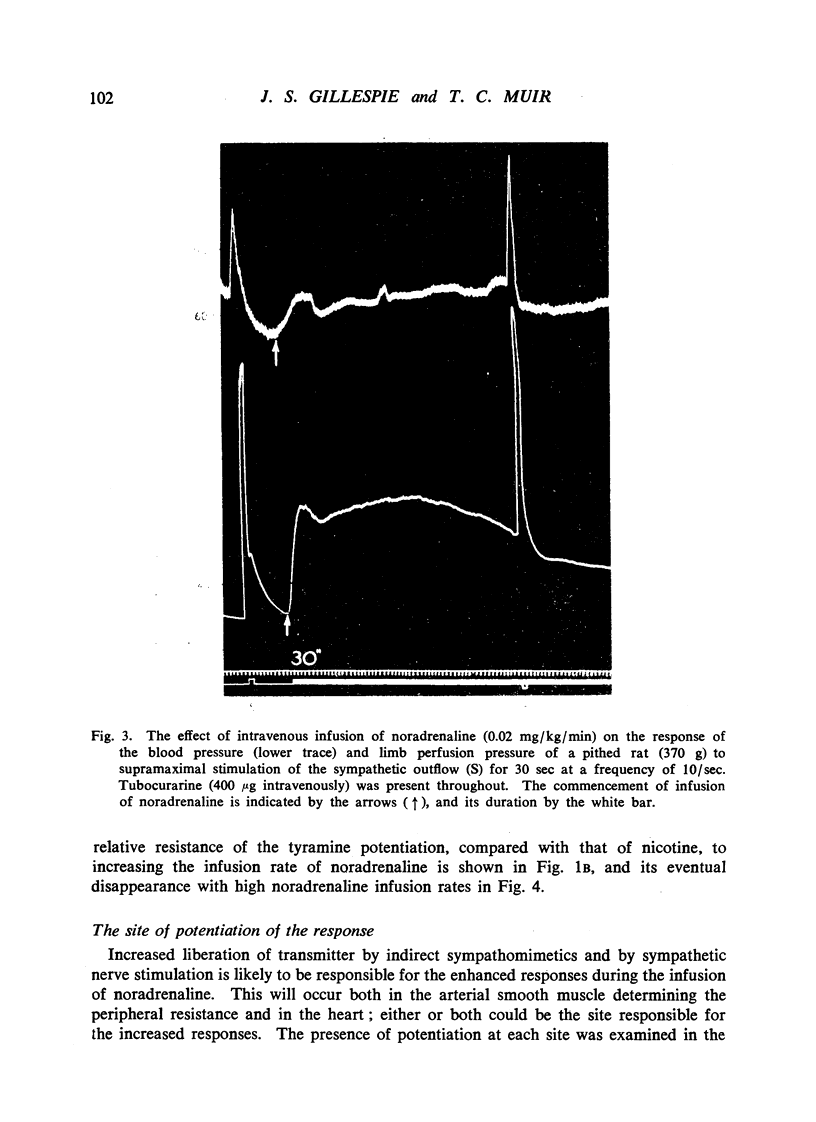
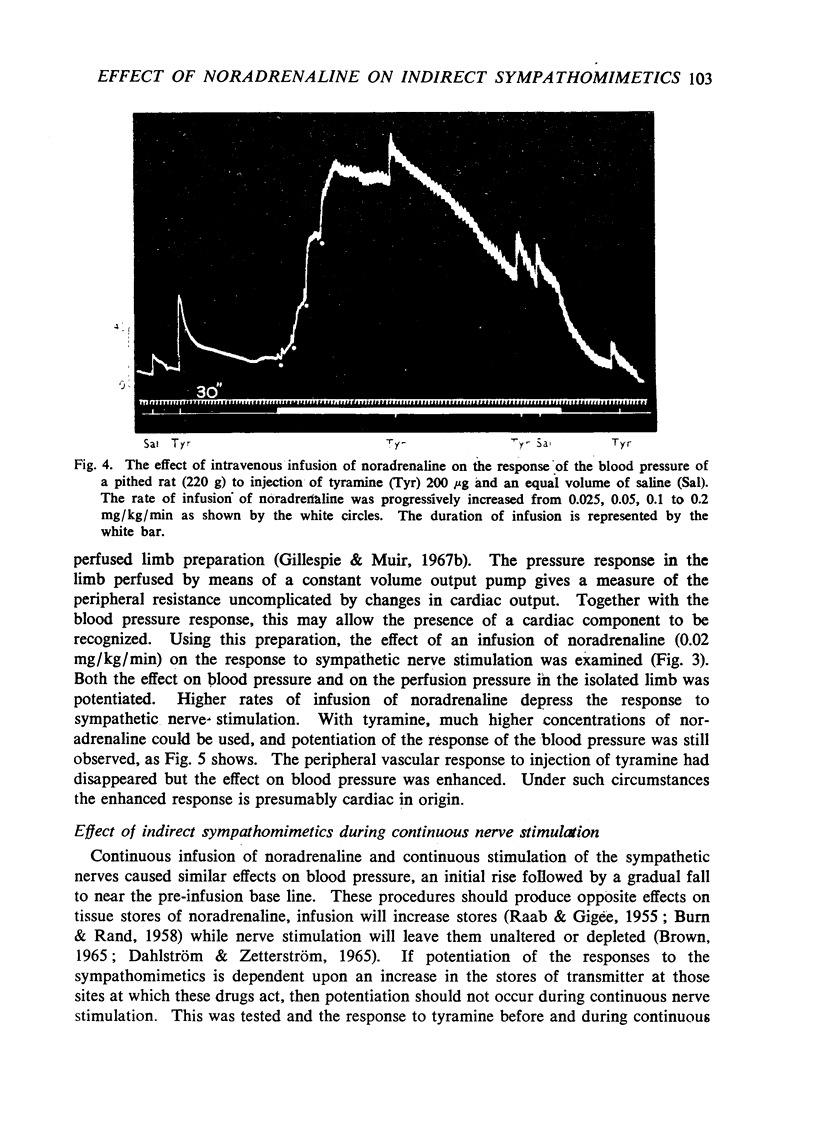
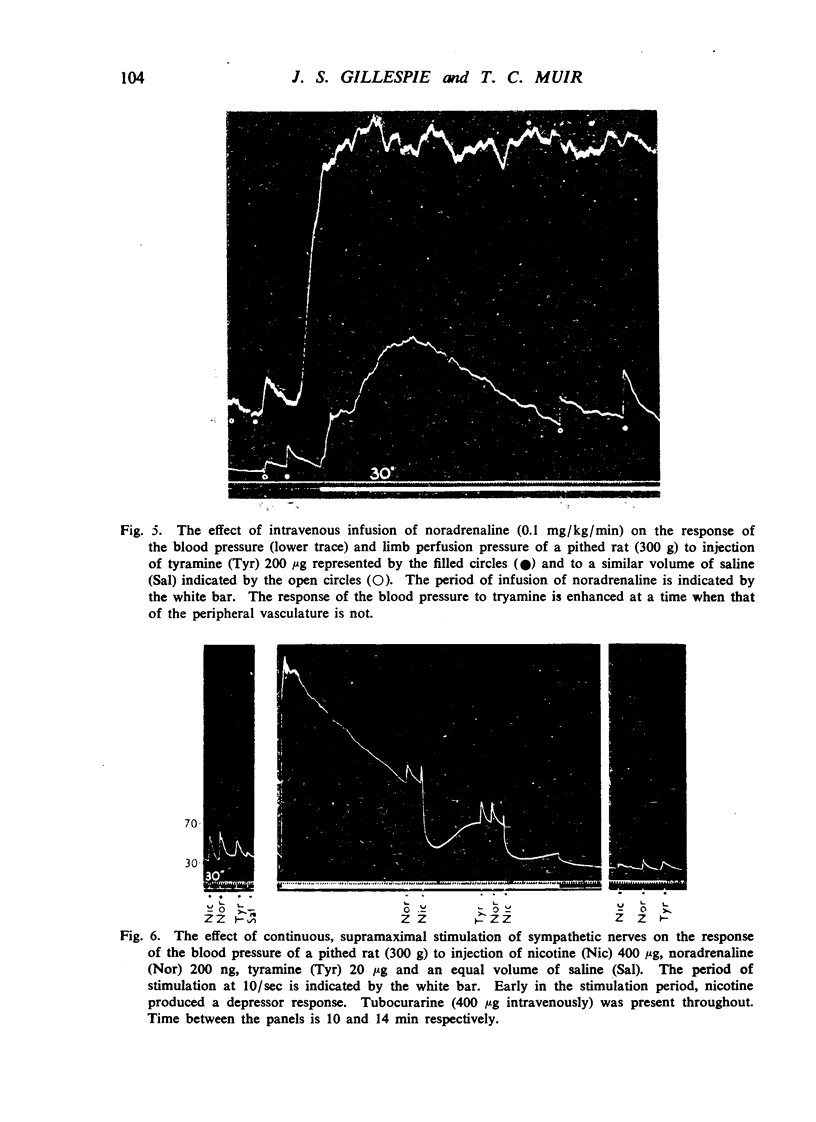
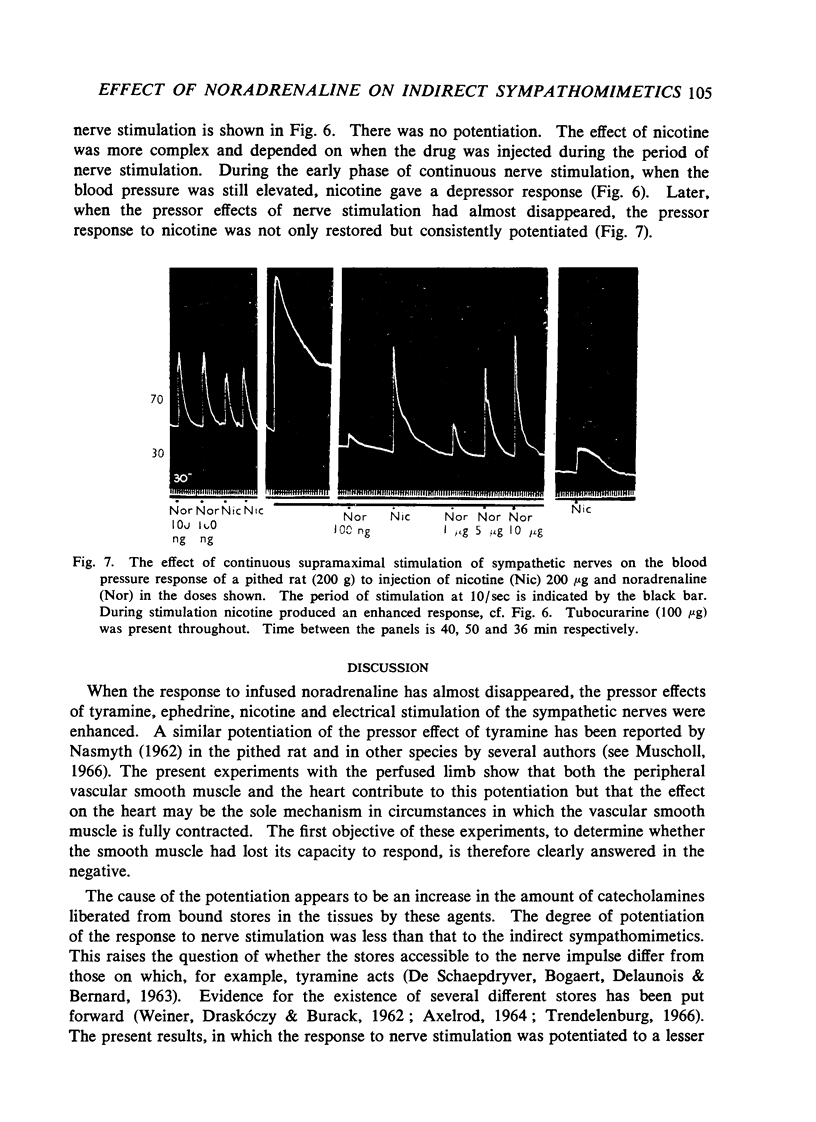
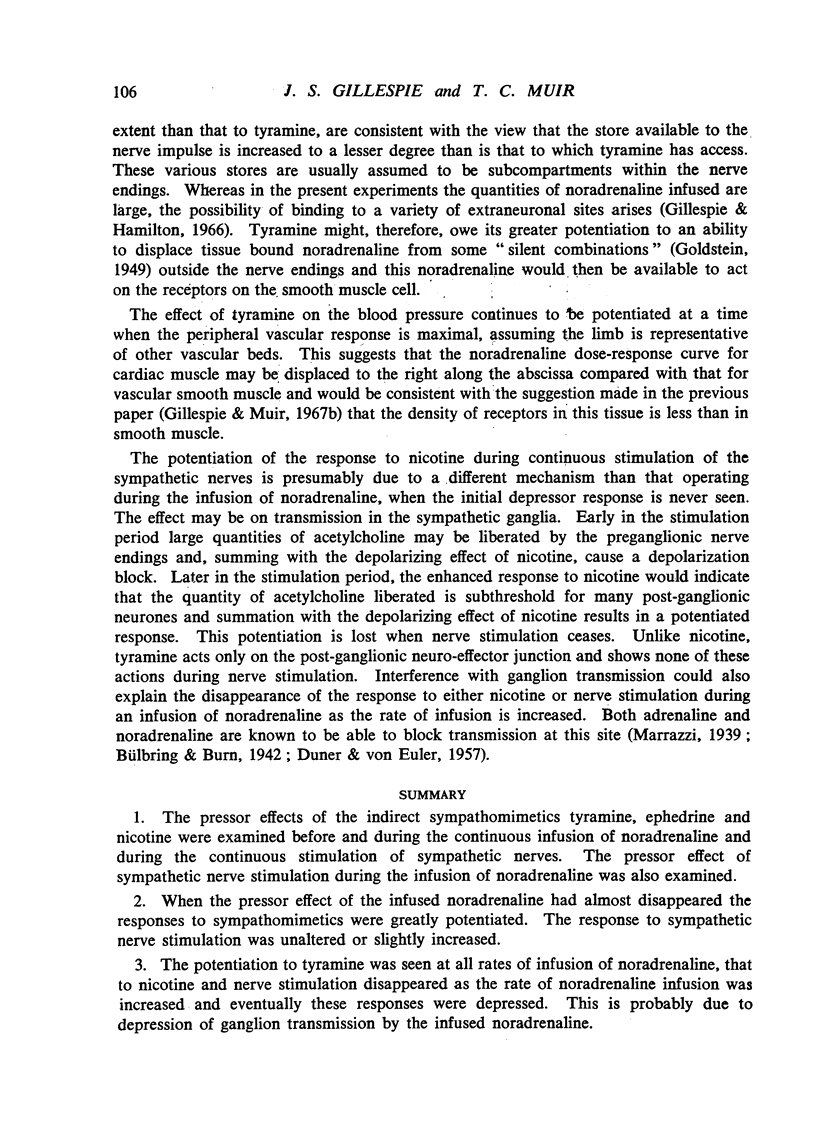
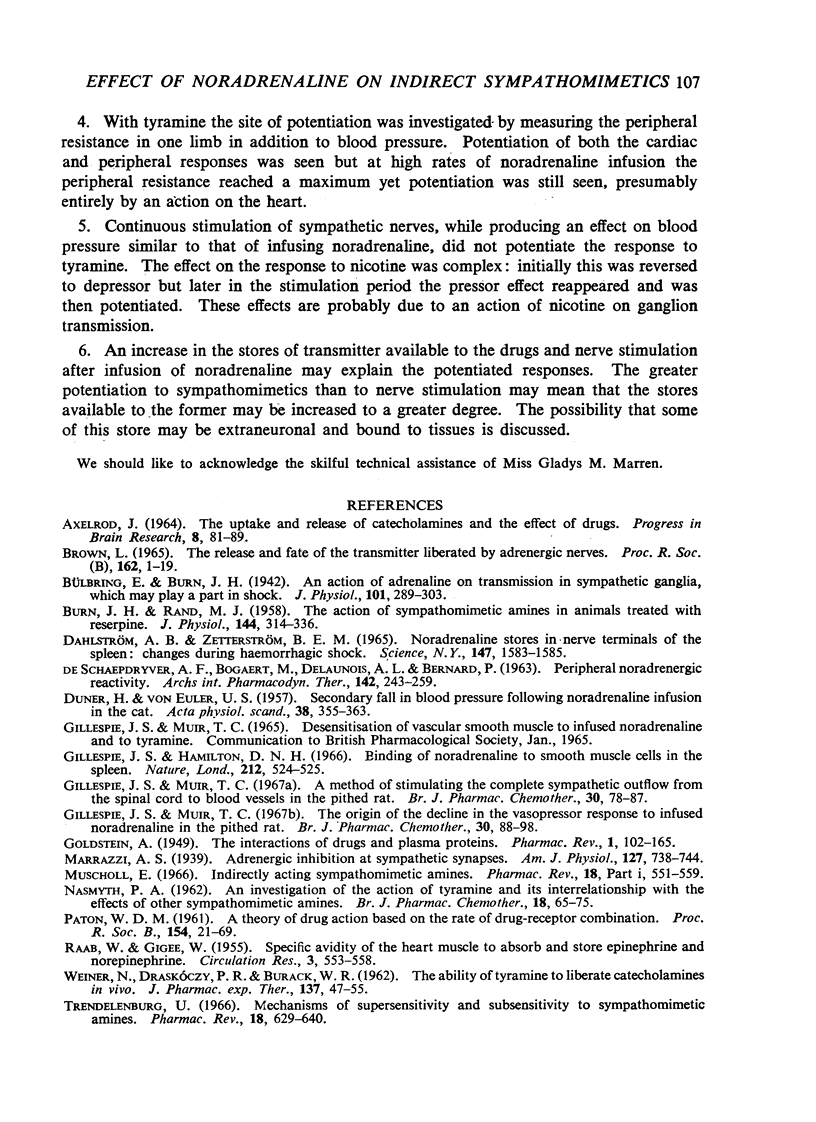
Selected References
These references are in PubMed. This may not be the complete list of references from this article.
- BURN J. H., RAND M. J. The action of sympathomimetic amines in animals treated with reserpine. J Physiol. 1958 Dec 4;144(2):314–336. doi: 10.1113/jphysiol.1958.sp006104. [DOI] [PMC free article] [PubMed] [Google Scholar]
- Bülbring E., Burn J. H. An action of adrenaline on transmission in sympathetic ganglia, which may play a part in shock. J Physiol. 1942 Nov 30;101(3):289–303. doi: 10.1113/jphysiol.1942.sp003983. [DOI] [PMC free article] [PubMed] [Google Scholar]
- DE SCHAEPDRYVER A. F., BOGAERT M., DELAUNOIS A. L., BERNARD P. Peripheral noradrenergic reactivity. Arch Int Pharmacodyn Ther. 1963 Mar 1;142:243–259. [PubMed] [Google Scholar]
- DUNER H., VON EULER U. S. Secondary fall in blood pressure following noradrenaline infusion in the cat. Acta Physiol Scand. 1957 Mar 7;38(3-4):355–363. doi: 10.1111/j.1748-1716.1957.tb01397.x. [DOI] [PubMed] [Google Scholar]
- Gillespie J. S., Hamilton D. N. Binding of noradrenaline to smooth muscle cells in the spleen. Nature. 1966 Oct 29;212(5061):524–525. doi: 10.1038/212524a0. [DOI] [PubMed] [Google Scholar]
- Gillespie J. S., Muir T. C. A method of stimulating the complete sympathetic outflow from the spinal cord to blood vessels in the pithed rat. Br J Pharmacol Chemother. 1967 May;30(1):78–87. doi: 10.1111/j.1476-5381.1967.tb02114.x. [DOI] [PMC free article] [PubMed] [Google Scholar]
- Gillespie J. S., Muir T. C. The origin of the decline in the vasopressor response to infused noradrenaline in the pithed rat. Br J Pharmacol Chemother. 1967 May;30(1):88–98. doi: 10.1111/j.1476-5381.1967.tb02115.x. [DOI] [PMC free article] [PubMed] [Google Scholar]
- Muscholl E. Modification of sympathetic function. Indirectly acting sympathomimetic amines. Pharmacol Rev. 1966 Mar;18(1):551–559. [PubMed] [Google Scholar]
- NASMYTH P. A. An investigation of the action of tyramine and its interrelationship with the effects of other sympathomimetic amines. Br J Pharmacol Chemother. 1962 Feb;18:65–75. doi: 10.1111/j.1476-5381.1962.tb01151.x. [DOI] [PMC free article] [PubMed] [Google Scholar]
- RAAB W., GIGEE W. Specific avidity of the heart muscle to absorb and store epinephrine and norepinephrine. Circ Res. 1955 Nov;3(6):553–558. doi: 10.1161/01.res.3.6.553. [DOI] [PubMed] [Google Scholar]
- Trendelenburg U. Mechanisms of supersensitivity and subsensitivity to sympathomimetic amines. Pharmacol Rev. 1966 Mar;18(1):629–640. [PubMed] [Google Scholar]
- WEINER N., DRASKOCZY P. R., BURACK W. R. The ability of tyramine to liberate catecholamines in vivo. J Pharmacol Exp Ther. 1962 Jul;137:47–55. [PubMed] [Google Scholar]


